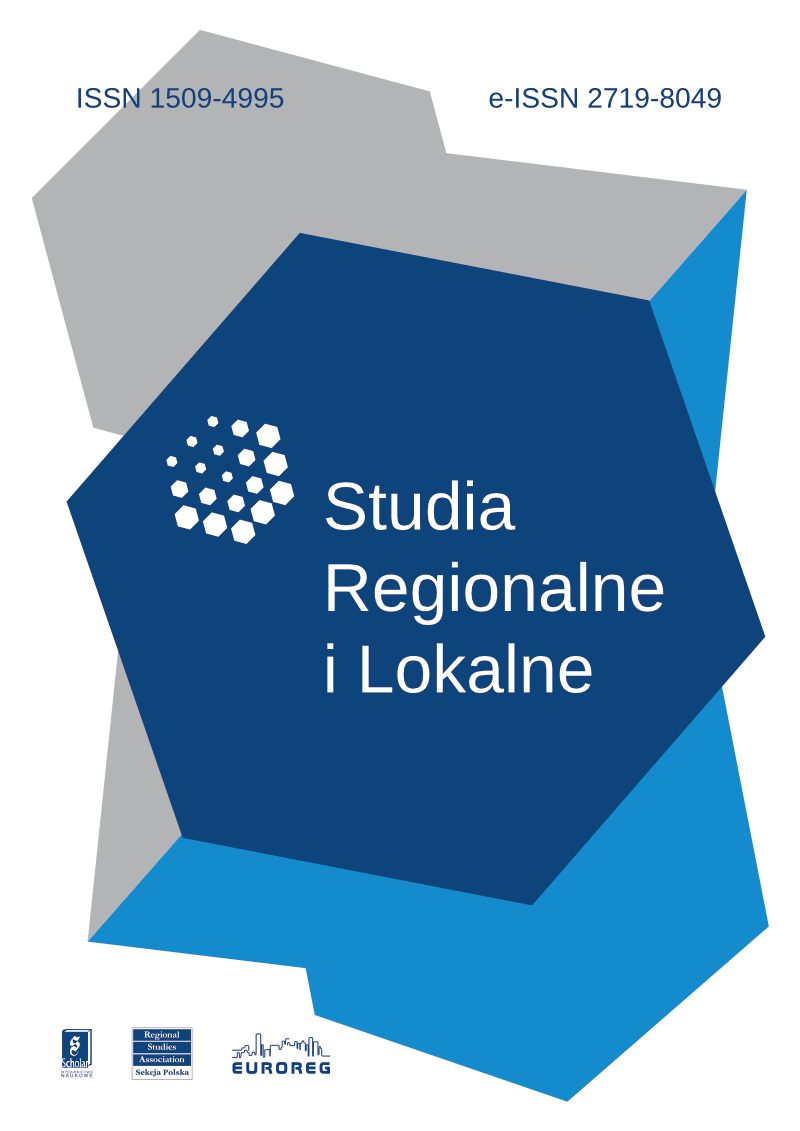Tożsamość europejska a kwestia językowa w Unii Europejskiej
Europa nie ma języka, który byłby symbolem jej tożsamości, który emocjonalnie łączyłby jej obywateli. Zgodnie z oficjalnym stanowiskiem Unii Europejskiej językowym symbolem jej tożsamości jest wielojęzyczność, co znajduje potwierdzenie w fakcie, że ma ona 23 języki oficjalne. Oficjalna wielojęzyczność stwarza pewne problemy związane z tłumaczeniem. (Dla symultanicznego tłumaczenia z 23 języków na pozostałe 22 języki teoretycznie potrzeba aż 506 tłumaczy. Istnieją wprawdzie sposoby redukcji tej liczby, lecz dzieje się to kosztem wydłużenia czasu przekładu i pogorszenia jakości). Z przyczyn pragmatycznych instytucje UE coraz częściej używają tylko angielskiego w swojej działalności wewnętrznej i w kontaktach z państwami członkowskimi i innymi instytucjami, w ten sposób de facto promując angielski jako język kontaktowy UE. Jednakże angielski nie jest specyficznie europejską lingua franca. Jego rozpowszechnianie się jest przejawem globalizacji, a nie integracji Europy. Angielski łączy więc Europę z resztą świata, podczas gdy język-symbol danej społeczności zazwyczaj integruje ja? z otoczeniem i jednocześnie separuje od niego. Roli angielskiego jako językowego symbolu Europy nie sprzyja też polityczna opozycja wobec rosnącej roli tego języka w Europie. Dlatego związek między językiem a tożsamością w Europie polega na tym, że używanie angielskiego i innych języków kontaktowych oraz mechanizm przekładu wypowiedzi mówionych i tekstów pisanych w UE umożliwiają cyrkulację informacji i idei, która, być może, przyczyni się do wytworzenia (wzmocnienia?) poczucia tożsamości europejskiej.
European Identity and the Languages of the EU
Europe has no language which would be its symbol of identity, which would emotionally integrate its citizens. According to the official stance of the European Union the linguistic symbol of its identity is its multilingualism, which is confirmed by the fact that it has 23 official languages. The official multilingualism causes some problems connected with translation and interpretation. (For simultaneous translation from all 23 to all other 23 official languages theoretically as many as 506 interpreters are needed). There are techniques reducing this number, but at the expense of time and quality of interpretation). For pragmatic reasons EU institutions increasingly use English alone in their internal activity and in their contacts with member states and other institutions, thus de facto promoting English as the contact language of the EU. English, however, is not a specifically European lingua franca. The role of English as lingua franca in Europe is growing, but as English is the global lingua franca and the spread of English is a sign of globalisation, English cannot at the same time unite Europe and separate it from the rest of the world. Even more so that there is political opposition to the growing role of English in Europe. Therefore the link between language and identity in Europe consists not in possessing a single language (or languages) as its symbol of identity and centre of loyalty and as an instrument of internal communication and external separation. It consists in the fact that the use of English and other contact languages and the mechanism of interpretation and translation in the EU enable circulation of information and ideas which eventually may contribute to the creation (strengthening?) of the sense of European identity.



